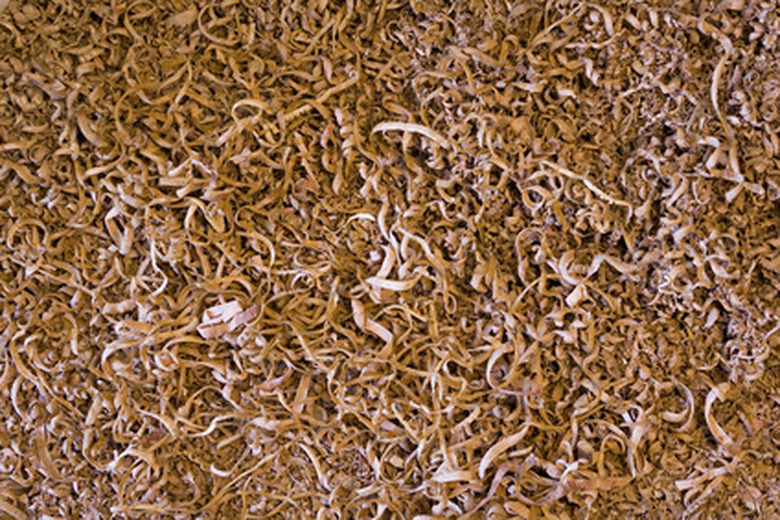How To Grow Vegetables In Sand & Sawdust
Things Needed
- Growing container
- Sawdust
- Sand
- Vegetable seed mix
- 20-20-20 fertilizer
- Liquid fertilizer
Soil substitutes that use sawdust and sand typically are used for mini-gardening. Mini-gardens are perfect for container gardening when outdoor space is limited. Soils made with sand and sawdust are less expensive and reduce problems with weeds, disease and pests. Care needs to be taken when measuring the amount of sand and sawdust used in a homemade mix. Too much or too little can affect the amount of water and nutrients your indoor plants receive.
Step 1
Choose growing containers that have good drainage with a basin to catch the water as it drains. Hanging baskets, flower pots, tubs or earth boxes work well.
- Soil substitutes that use sawdust and sand typically are used for mini-gardening.
Step 2
Collect the sawdust and sand if you are not purchasing them from a local nursery. Collect clean sand from riverbeds and sawdust from trees such as pine or redwood.
Step 3
Mix 30 percent sand and 70 percent sawdust to ensure a good balance of drainage versus water retention.
Step 4
Fill the containers or garden planting spot with the sand and sawdust mixture. Plant each vegetable seed at a depth that is twice the circumference of the seed. Space large vegetable plants such as tomatoes at least 1 foot apart. Give smaller plants such as spinach, potatoes or beans about 6 inches of space each.
- Collect the sawdust and sand if you are not purchasing them from a local nursery.
- Give smaller plants such as spinach, potatoes or beans about 6 inches of space each.
Step 5
Add 1 tsp. of 20-20-20 fertilizer to each square foot of planting area. Add enough water to the soil mixture to moisten it each day. Place a grow light on the vegetable garden for 14 to 16 hours a day.
Step 6
Add a balanced, liquid fertilizer at least once a day. Increase application to twice a day on hot and dry days to maintain nutrient levels in the soil mixture. Follow the manufacturer's label instructions.
- of 20-20-20 fertilizer to each square foot of planting area.
- Place a grow light on the vegetable garden for 14 to 16 hours a day.
Warning
Avoid using sawdust from walnut trees, which contains toxic thujone that can kill many plants, including tomatoes. Ocean sand is too salty for most plants.
